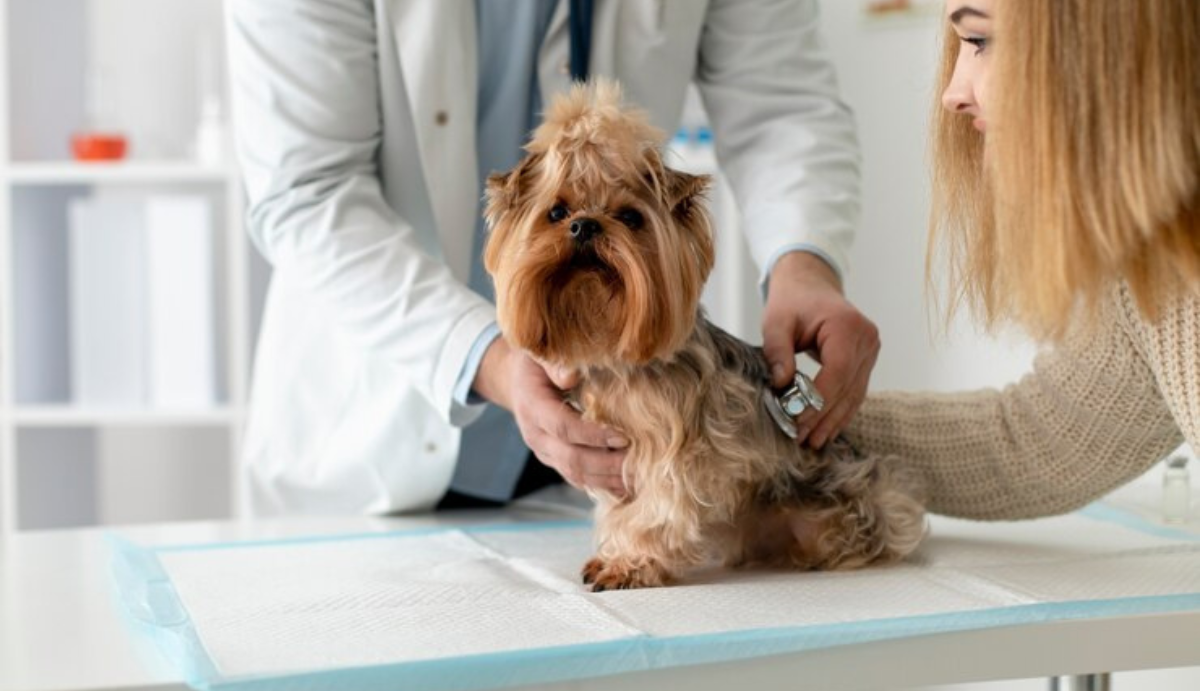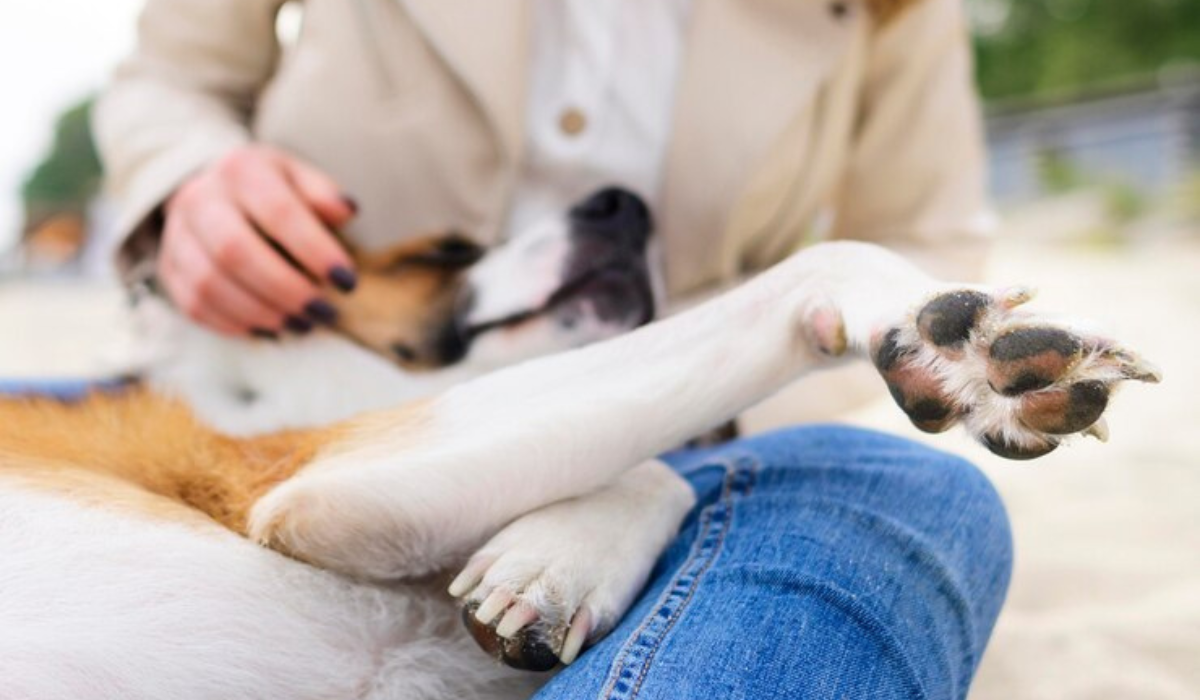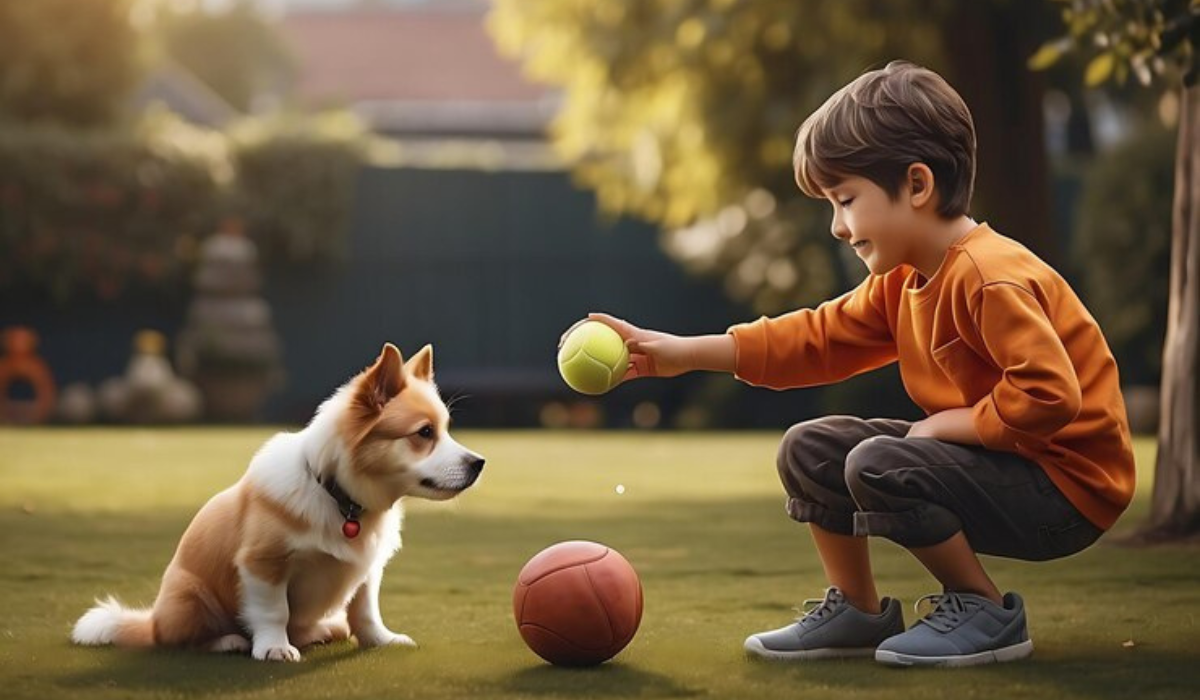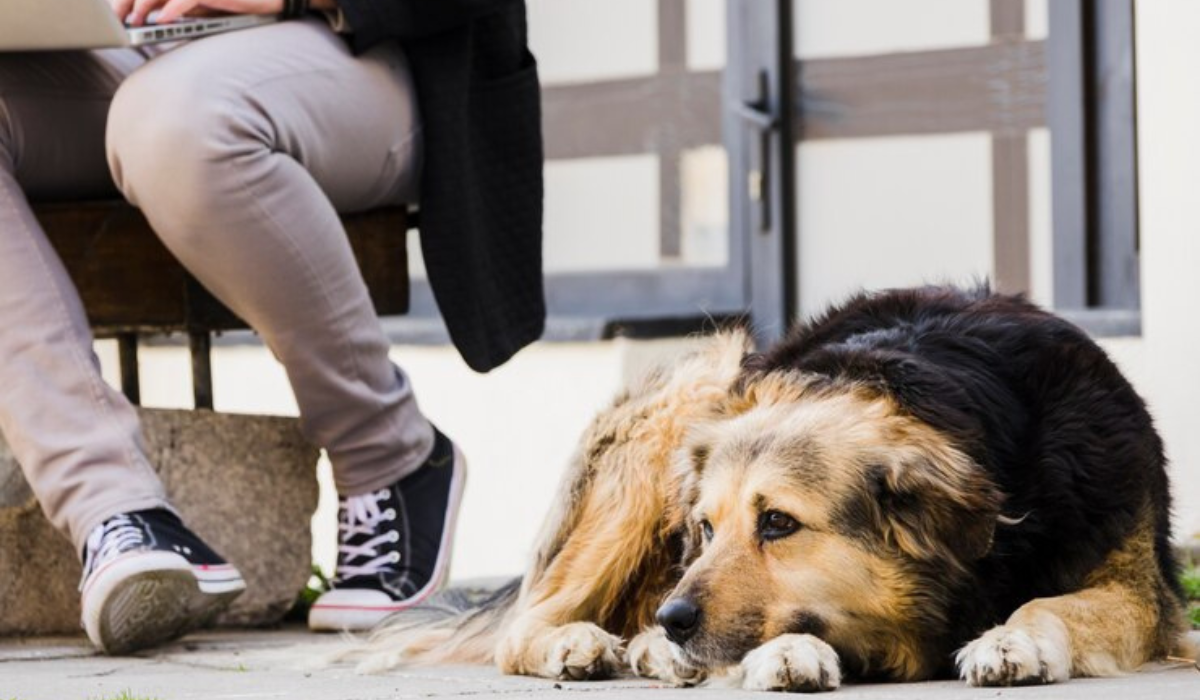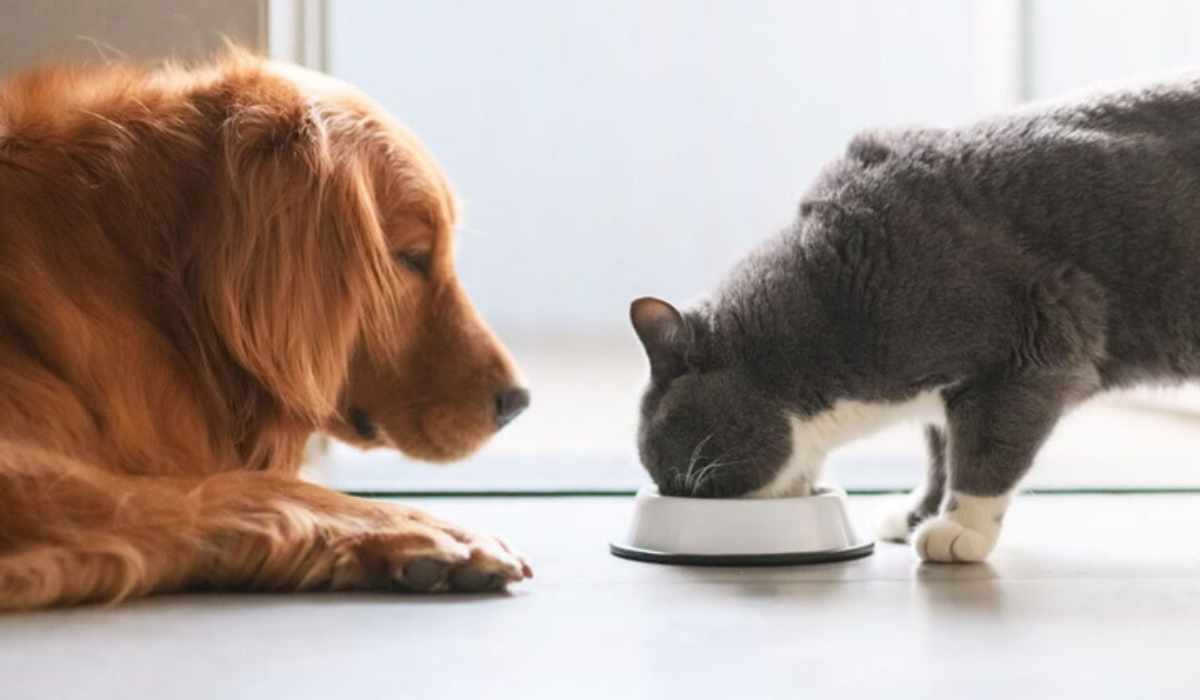Gardeners plan and create vibrant outdoor spaces as spring brings new life to our surroundings. Despite the beauty of the blooming flowers and lush landscapes around us, we must not forget about the safety of our pets. There are many elements in gardens that can be dangerous to pets. These include toxic plants and hazardous chemicals. We’ll explore ways to maintain a pet-safe spring garden.
Spring Plants that are dangerous to pets:
Be aware that some plants can be toxic to pets when planning your garden. Some plants can be toxic, including tulips and begonias. Ingestion can cause symptoms ranging from excessive drooling and kidney failure to seizures.
Other toxic plants:
Include other plants that are harmful to pets in your awareness. Even other plants can be harmful to your pets, including foxglove, Japanese Yew, Jerusalem Cherry, Morning Glory, Nightshade, Oleander, oleander and trumpet vine.
Poisonous Gardening Chemicals:
Some gardening products are harmful to pets. Fertilizers that contain blood and bone meal can cause vomiting and diarrhea. Pesticides containing organophosphates can cause vomiting and severe poisoning.
Pet-Safe Flowers:
There are many alternatives that will enhance the beauty of your garden. Marigolds and snapdragons are not only beautiful, but also safe for pets.
Create a Pet-Safe Garden
Consider the following tips to create a garden which will nurture both your plants and pets:
- Barriers around toxic plants: To prevent pets from consuming them, create barriers.
- Wash your hands thoroughly after gardening to avoid exposing your pets to any residual toxins.
- Watch for Signs of Ingestion: Be on the lookout for signs like drooling or vomiting.
- Take Immediate Action if You Suspect Poisoning. If you suspect that your pet may have ingested harmful substances, call a veterinarian immediately or contact the Animal Poison Control Center.
Promoting a Safe, Enjoyable and Safe Spring
Spring brings joy to gardeners as well as their pets. Pet owners can create an outdoor space that is vibrant and safe for all by understanding the hazards and taking proactive steps. To create a pet-friendly environment, it is important to research plants, choose safe alternatives, secure compost areas and monitor carefully.
When you are cultivating your garden in the spring, make it a place where your plants flourish and your pets can thrive in a safe and harmonious environment.

